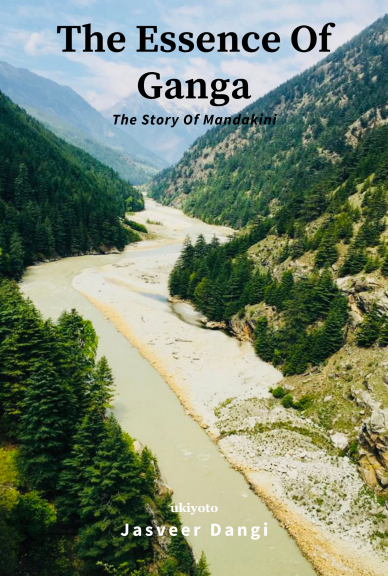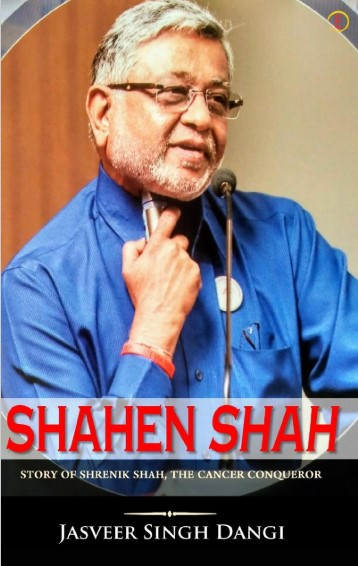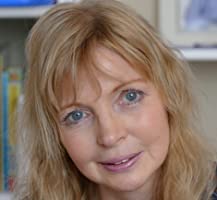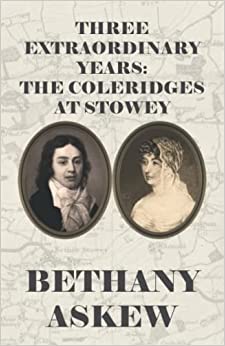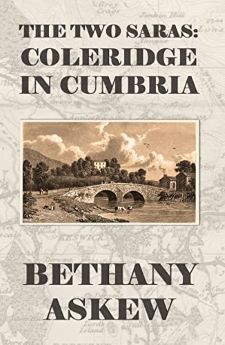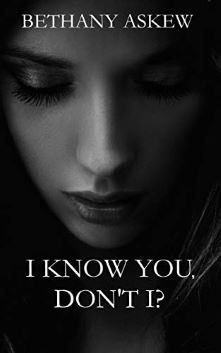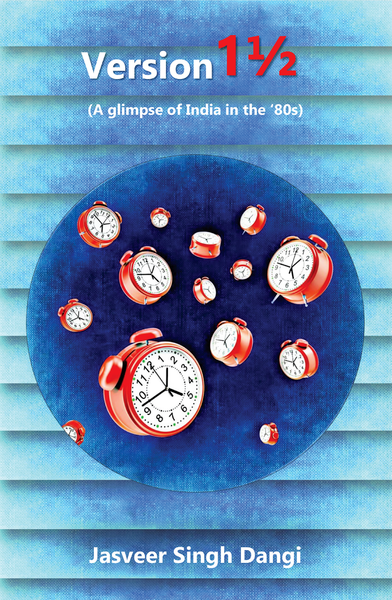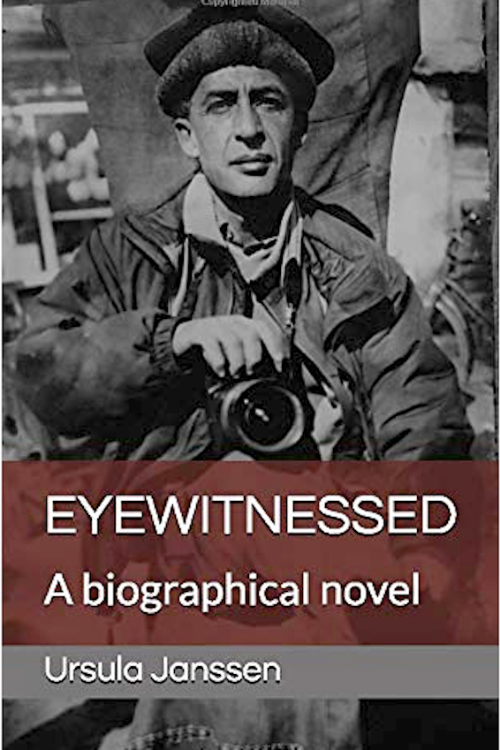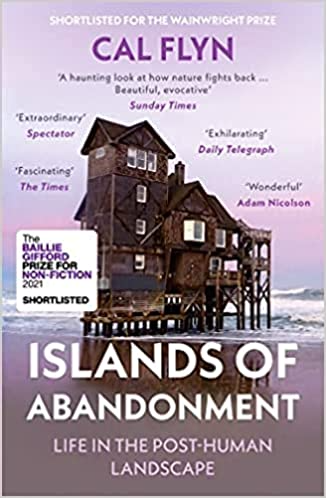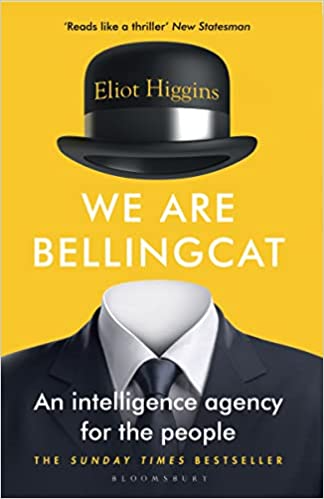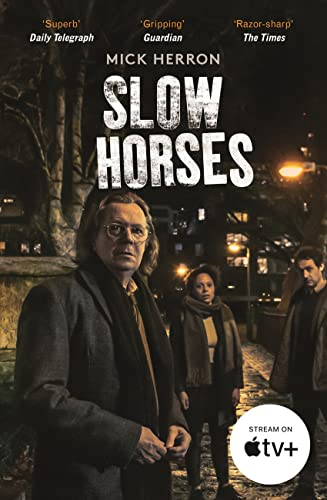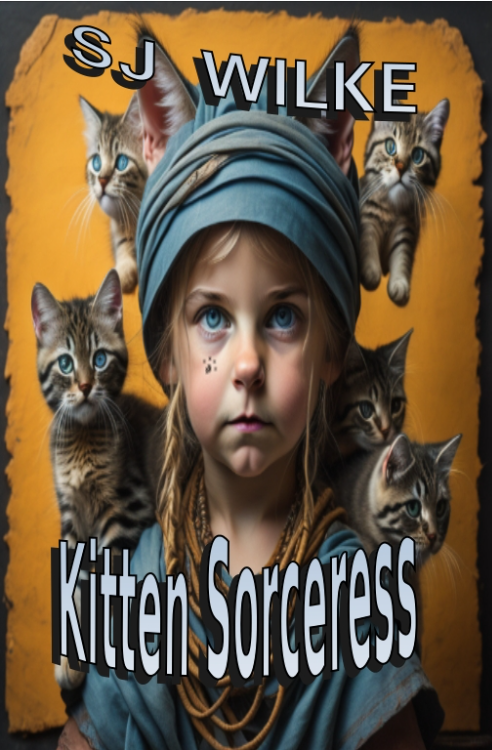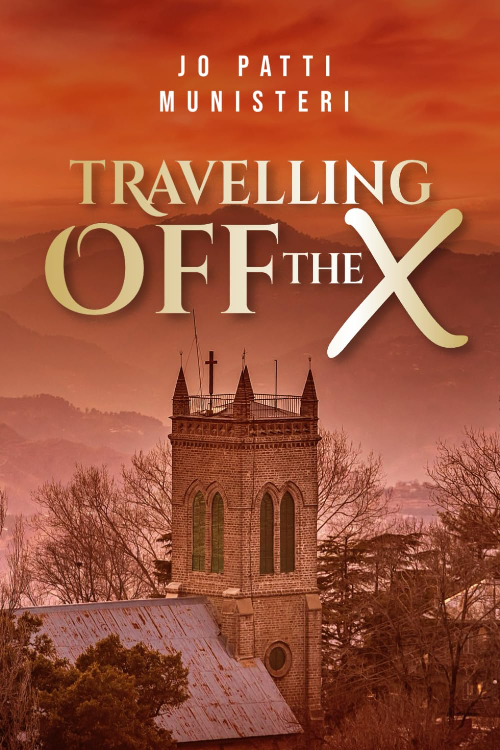A Radical Life
Interview by: Profile Editorial Team, 10/06/2022
Bethany Askew is a Somerset-based author with a wide range of fiction to her name. Today we're talking with Bethany about her work on Samuel Taylor Coleridge.
One surprising aspect of Coleridge’s life – for me, at least – was discovering just how radical his outlook was. Here we are in the late 18th century and he could almost be thought of as a hippy - trying to construct an alternative society on egalitarian principles, dreaming of emigrating to America to live off the land. The opium addiction just adds to the Woodstock vibe! How would you characterise the younger Coleridge – was he a genuine free-thinker? How far adrift from the norms of his age was he?
Bethany: “Hippy” is quite a good description of him actually, dreaming of love and peace and the beauties of nature, imagining an ideal society where everyone would be equal. This was at a time when the city of Bristol thrived on the slave trade yet Coleridge was not afraid to stand up against it, writing inflammatory articles and poetry and speaking against it in his Sunday sermons. He also openly criticised the government and supported the French revolution at a time when fears of a French invasion were very real and he risked being tried for treason.
He tends to be thought of as a poet but he was in fact a lot more than that: he was a literary critic, a philosopher and theologian, interested in anything and everything from politics to literature to science. Nowadays we would call him a polymath.
As for the “opium/Woodstock vibe” , it’s important to stress that at this time Coleridge was not an opium addict. Opium was the only painkiller available in those days and was taken for everything from toothache to headache to upset stomachs. Everyone took it but not everyone became addicted to it in the same way as many of us drink alcohol but we are not all alcoholics. Coleridge, like many others, recognised the recreational qualities and took it increasingly to help him with the difficulties in his life, becoming, as we know, a lifelong addict.
That egalitarianism, and respect for the position of women – it’s difficult to reconcile with the way that he actually treated his wife. You show them as a happy couple in their early years. In the dialogue you give them, Coleridge might even be thought something of a feminist. Yet on a practical level, Sara’s lot was to be the practical one while Coleridge followed what he saw as his destiny – which translates as drudgery for her and freedom for him. What are your feelings towards Coleridge in this regard?
Bethany: Oh, he was a dreadful husband. He treated Sara very badly and it’s hard to find any justification for it. The problem is he really wasn’t cut out for domesticity. He wanted to be free to do what he liked when he liked and he hated being financially responsible for a family. And he married Sara for all the wrong reasons. Her sister Edith was engaged to Coleridge’s close friend Robert Southey and her whole family were swept away by the idea of emigrating to America to set up Coleridge’s new utopian society. There’s no doubt Coleridge was attracted to Sara but what should have been a mild flirtation turned into more when it was clear she would be going with her sister. By this time Coleridge had been spending a lot of time with her and she risked her reputation being ruined so he had no real choice but to marry her.
Her sister Edith was, however, the perfect “mild and lovely woman” that Robert Southey described to accompany them, who would “prepare their innocent food and tend their hardy and beautiful race” while Sara was hot tempered and spoke her mind. Coleridge thought he wanted an emancipated wife but in truth he would have preferred someone more easy-going.
The life of an 18th century woman was hard: she had no say over the money, or where her husband decided to take her. If her husband died she was reliant on male relatives for support. There were no careers for women: the highest rank the best educated woman could achieve would be a schoolteacher or governess. Sara married Coleridge believing that he had the same Mary Wollstonecraft-inspired attitude as herself: that women had equal rights and were not just a man’s play-thing.
In Nether Stowey Coleridge proposed to live along the original ideas for his egalitarian scheme: keeping no servant and living off the land. He assured everyone that he would do all the hard work, leaving her just to look after the baby. They did, in fact, have one servant (maybe Sara put her foot down about it!) but Coleridge certainly didn’t keep to his part of the bargain, disappearing for hours on end to walk on the Quantocks or visiting his friend Tom Poole in his well-stocked book room. Like all newly-weds Sara tolerated it for a while and they were in fact very happy together until the Wordsworths came to Somerset and Sara was excluded from their threesome.
Do you think he would have been a better person without the opium? And how might his writing have changed? Much has been written about its influence on poems such as Kubla Khan.
Bethany: Yes, definitely, it ruined his life. But he was an addictive personality and if it hadn’t opium it would have been alcohol or gambling or something else. He drank heavily at university and his son Hartley later became an alcoholic. His addiction affected all his relationships, not just his marriage, but his friendship with the Wordsworths and Robert Southey. I think he would have been more productive without it. The drug made him indolent: he made plans for many great works but never saw them through.
Coleridge first took opium, like everyone did in those days, for pain relief. He suffered from a recurring medical condition, possibly Rheumatoid Arthritis or Lupus, which gave him joint pain.
He famously took it for a “dysentery” (probably an attack of diarrhoea) and the consequent opium haze inspired the poem Kubla Khan. To say it was cheating in some way or made him a better poet, however, is just not true. Anyone who has had an idea for a book or a poem while dreaming or half-dreaming will tell you there’s a huge gulf between having the idea and committing the words to paper. Hours of writing and re-writing go into any piece of creative work.
Inevitably, you’ve had to make up dialogue and attribute feelings to the characters in these books. It brings them to life – particularly Sara, who must have felt like a forgotten, abandoned person much of the time. I’m reminded of The Five by Halle Rubenhold, in which she tells the stories of the five victims of Jack the Ripper – treating them as real people, worthy of our attention. Were you motivated by wanting to give Sara a voice?
Bethany: Very much so. Sara is still a forgotten figure. The first time I read about her was in a book called “The Passionate Sisterhood” by Kathleen Jones which I saw in the window of my local bookshop. In fact this was the book that first sparked my interest in Coleridge and Wordsworth and since then I have read just about every biography and book I can find about them!
When we retired from full-time work my husband and I became Volunteer Room Guides at National Trust Coleridge Cottage and here I was able to tell Sara’s story to the visitors. The other volunteers had heard I was an author and a rumour began (in the way of all work place rumours!) that I was writing a book about Sara. When I found out I thought “Actually, I could!”
My other novels are ‘contemporary women’s fiction’. I like to write about women’s lives, their role in society, their positions as wife and mother and the impact of marriage, children and divorce on family dynamics. This is my first foray into “historical fiction” but I could see there was a story to tell.
My original idea was to tell the whole story just from Sara’s point of view but I found there just wasn’t enough material so I included Coleridge’s voice as well, which I think works better. There are two sides to any story in a marriage and while Coleridge was far more to blame for the breakdown than Sara, she did undoubtedly have her faults, the greatest of which, even according to her daughter was a hot temper and an inability to keep quiet when she probably should have done.
When I had finished writing “Three Extraordinary Years” I found I missed my characters and many visitors ask “What happened next?” so I did a bit of research and found there was another period of time I could write about, with another story that reflects the life and times of Coleridge. “The Two Saras” follows Coleridge up to the Lake District where he falls in love with another Sara, Wordsworth’s sister-in-law. We think of relationship difficulties being a modern day problem but it was no different in Coleridge’s time!
The cottage which Coleridge and Sara lived in at Nether Stowey is now a National Trust property. How significant do you feel the physical environment - the landscape, the rhythm and pace of daily life – was for Coleridge’s creativity?
Bethany: If you visit Coleridge Cottage nowadays you find quite a substantial house but it was greatly enlarged in the Victorian period when it became a pub, “Moore’s Coleridge Cottage Inn.” In Coleridge’s time it was just a simple thatched two-up, two-down cottage with a scullery tacked on. A labourer’s cottage in a street of labourers’ houses, the air ringing with the sound of workmen's tools because people worked outside, the cottages being too dark and cramped to work inside. It was unusual for gentry, however impoverished, to rent a labourer’s cottage and the locals viewed the newcomers with suspicion. Coleridge’s friend Tom Poole was concerned it was too damp and dilapidated but it was the only property available and Coleridge had set his mind on “retiring from city life” so that his children could be brought up “rustically.” Sara, a city girl, must have been horrified when she saw it. But Coleridge loved it. It fitted in with his scheme to live off the land in the simple way he had envisaged for his commune in America and dedicate his life to writing and studying.
This was undoubtedly one of the happiest times in his life. He and Sara were still “loved up” as we would say nowadays, he had his friend Tom Poole nearby so he could escape from the dingy cottage to his “book room” to read or write, or he could walk for hours on the Quantock hills.
His poems written at the time reflect his love of the surrounding countryside. Years later he would refer nostalgically to “Beloved Stowey”, a phrase he uses in his poem “Fears in Solitude” where he also talks about “The lowly cottage where my babe and my babe’s mother dwell in peace.” (Sara always referred to it as “That miserable cottage!”)
Another poem “This Lime Tree Bower My Prison” describes the walk his friends will take while he is stuck at home with a scalded foot (caused by Sara spilling a pan of boiling milk on his foot in the chaos of the cramped cottage).
“Frost at Midnight” was written while Coleridge was sitting by the fireside with baby Hartley in the cradle by his side.
There are refences to the North Somerset coastline in “Kubla Khan” and “The Ancient Mariner.”
Coleridge lived in Nether Stowey just three years, Wordsworth, just a year. We know them mostly, along with Robert Southey, as the Lake Poets. And certainly for Wordsworth, back in the Lakes he had always loved, this was a productive time creatively. Still under his lure, Coleridge quickly followed him up there but things soon began to go wrong. It was supposed to be a fresh start for him and Sara but they were soon arguing again, he became addicted to opium and his relationship with Wordsworth and Dorothy suffered when he became infatuated with Wordsworth’s sister-in-law.
They would never re-create that special time in Somerset: the energy, the enthusiasm, the ideas, all inspired by the beauty of the Quantock hills.
Books discussed in this interview:
Some other books by Bethany Askew:
Posted in: biography-memoirs crime-thrillers-mystery

